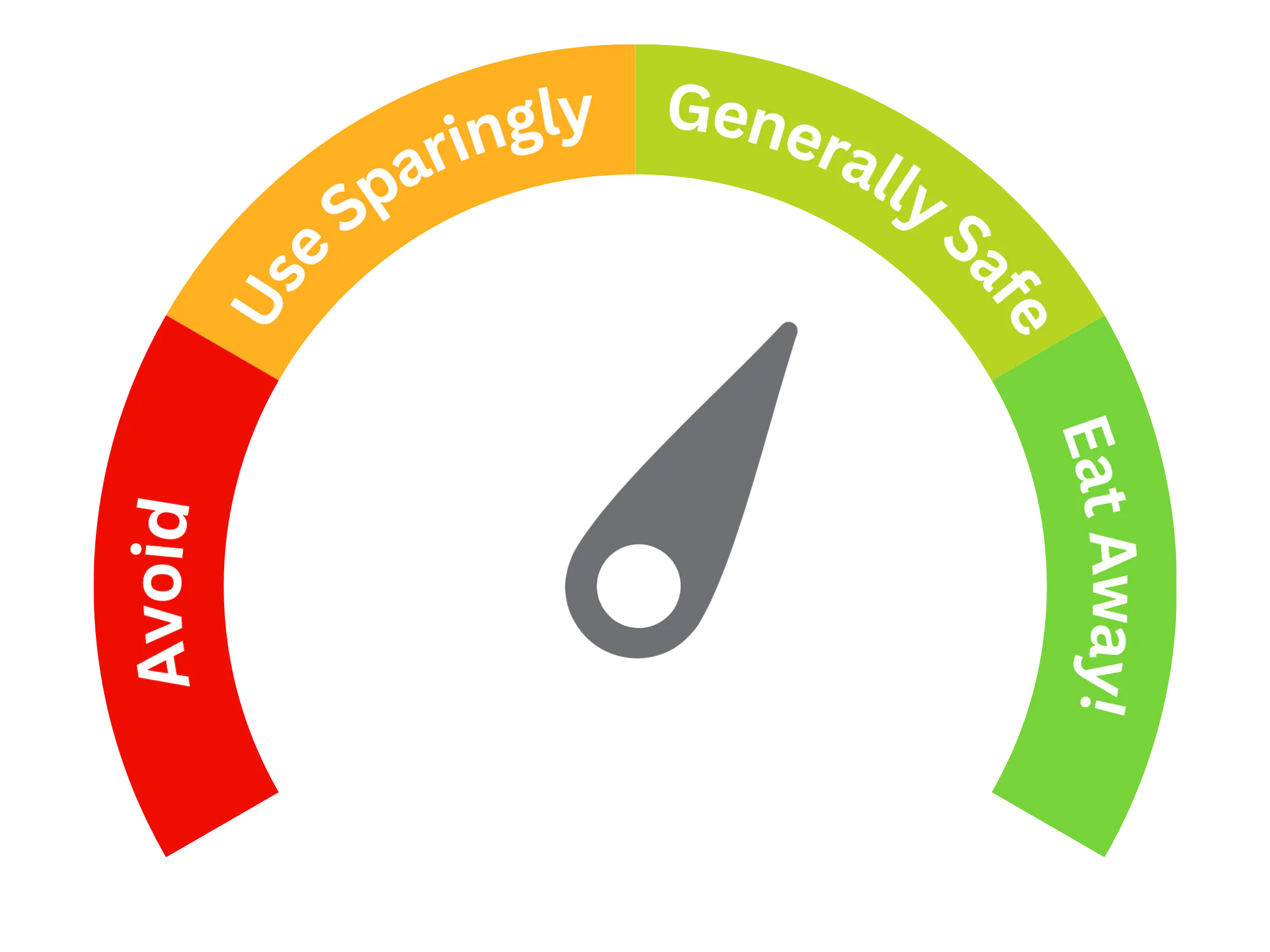Polyoxypropylene-Polyoxyethylene Polymers (E497)
| Type of additive (Glossary) | Emulsifiers |
| E Number | E497 |

Purpose and Function
Polyoxypropylene-polyoxyethylene polymers are used primarily as emulsifiers in food applications:
- Emulsifier: They stabilize emulsions in food products, preventing separation and ensuring a consistent texture in sauces, dressings, and baked goods.
- Thickening Agent: This additive can enhance the thickness of food products, improving mouthfeel and overall sensory experience.
- Flavor Retention: Polyoxypropylene-polyoxyethylene polymers may also contribute to flavor retention in beverages and sauces, enhancing the overall sensory experience.
- Improves Shelf Life: By stabilizing emulsions, they help enhance the shelf life of food products, preventing spoilage.
Potential Risks and Side Effects
Polyoxypropylene-polyoxyethylene polymers are generally regarded as safe for consumption. However, some considerations include:
- Gastrointestinal Issues: Excessive intake may lead to gastrointestinal discomfort, including bloating or gas, particularly for those sensitive to emulsifiers.
- Allergic Reactions: Rarely, individuals may experience allergic reactions to these polymers, particularly those sensitive to polyethylene glycol.
- Contaminants: Sourcing from reputable suppliers is essential to minimize the risk of contaminants in food formulations.
